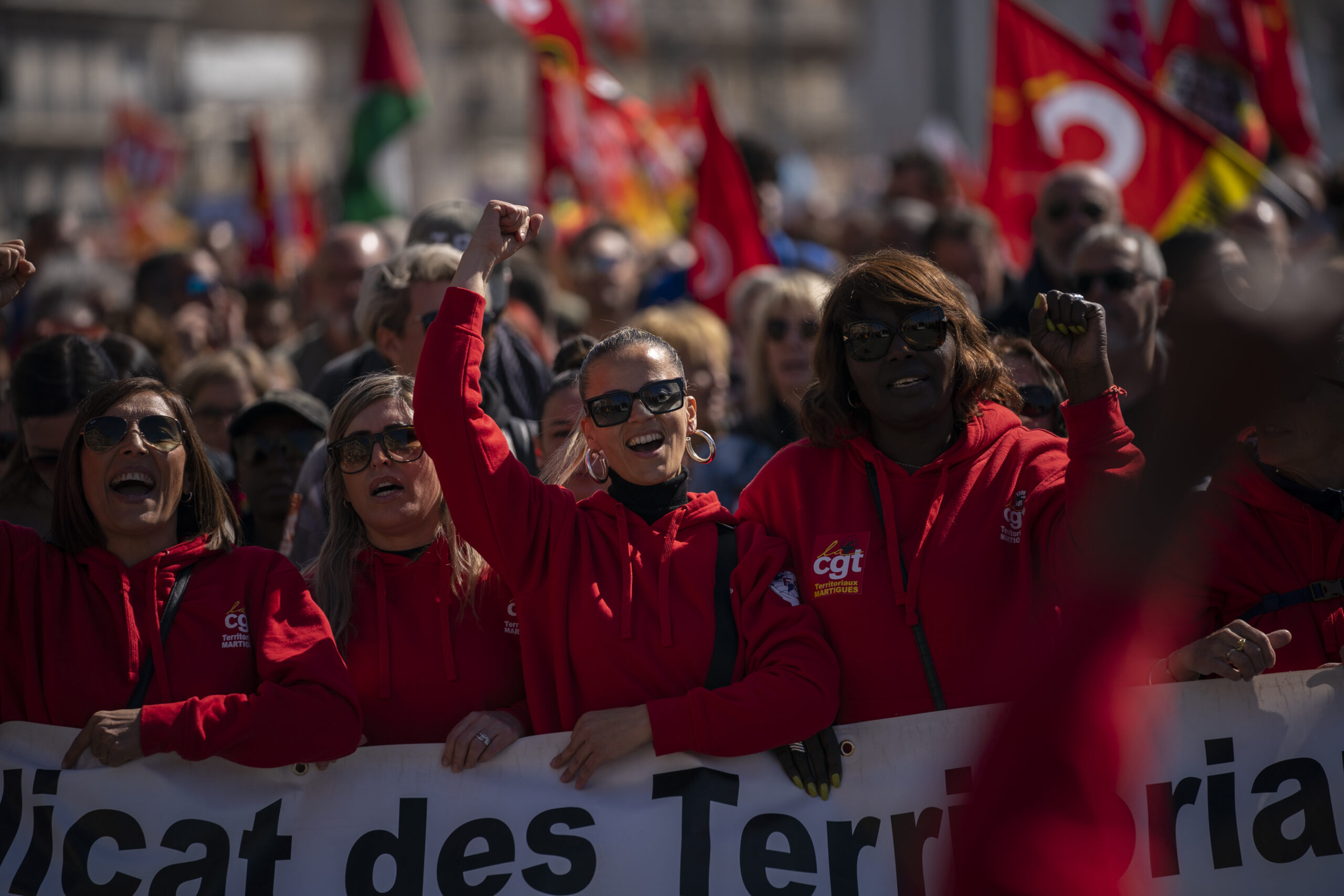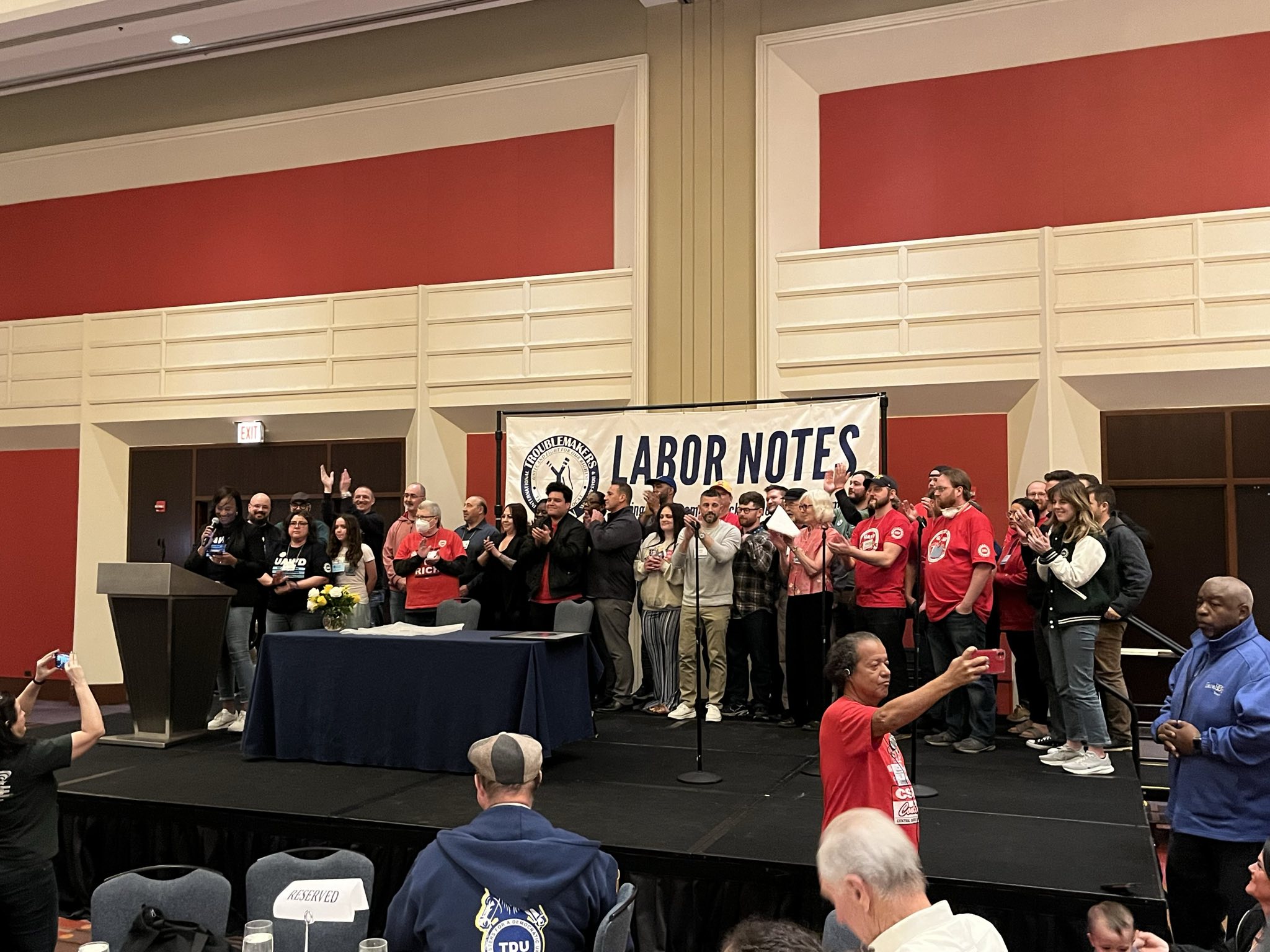Occupy Wall Street arose like a force of nature over the landscape of the U.S. Left. Only a year after its birth, there are hardly any left institutions or tendencies that it has not in some way influenced. The inclination, then, may be to allow its influence to color our memories of the U.S. Left as it stood pre-September 2011.
To be sure, it was a barren landscape. The U.S. Left has no central political vehicle and only a very small and tenuous hold within the Democratic Party. The broader cultural memory of left social movements was obliterated with the rise of the Reagan Republicans in the 1980s, while the fall of the Soviet Union devastatingly reinforced the neoliberal formulation that “There Is No Alternative”, leaving the U.S. Left permanently weakened and seemingly shorn of its past victories. The following decades were characterized largely by fragmentation and low-key public visibility.
But nonetheless, the Left does have a place in U.S. history and society. Its activism has played a crucial part, from the abolitionist movement and the socialist movement to the creation of Roosevelt’s New Deal to a string of civil rights and environmental gains in the 1960s and 1970s. However unsuccessful at times, it most certainly has played a role in exposing and opposing the various contradictions and scandals of American capitalism. And on the eve of Occupy the U.S. Left was present, in all its fragmented and dysfunctional glory, but present nonetheless.
The following text by writer and activist Ethan Young, written in the summer of 2011, depicts with great detail the historical development and state of the U.S. Left before Occupy Wall Street. While his judgments are determined and at times unsparing, his tone conveys belief that the Left’s fragmentation can be overcome. The at least momentary reunification of divergent tendencies under the banner of the Occupy movement proves the timeliness of this message. Its importance is further revealed by the fact that, looking past the bright lights of Occupy, much of the U.S. Left landscape remains essentially the same. A postscript by the author, written more than a year after Occupy Wall Street began, provides readers with final thoughts on what that landscape may look like in years to come.



